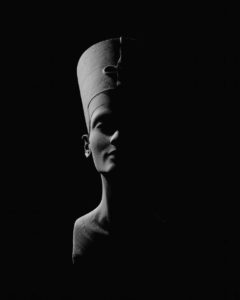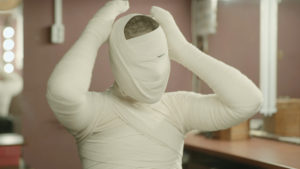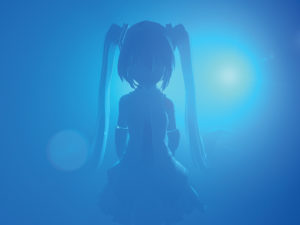“Science is the ultimate political body,” are the words with which Rasheedah Phillips began her ferocious spoken word performance at the opening ceremony of this year’s transmediale. Phillips, in her wide-ranging speech, and Moor Mother from the Black Quantum Futurism Collective, both worked a table covered in electronic devices, seeking to create a field of experience that tore at the roots of the false dichotomies drawn between regimes of thought and power. Images of landscapes, moonscapes, true and alternative pasts, and futures—created by Angie Holliday—flashed by on the screen behind them. It was a fitting and appositely ambitious way to begin a cavalcade of talks, workshops, performances and events at Berlin’s Haus der Kulturen der Welt (HKW) on February 2.
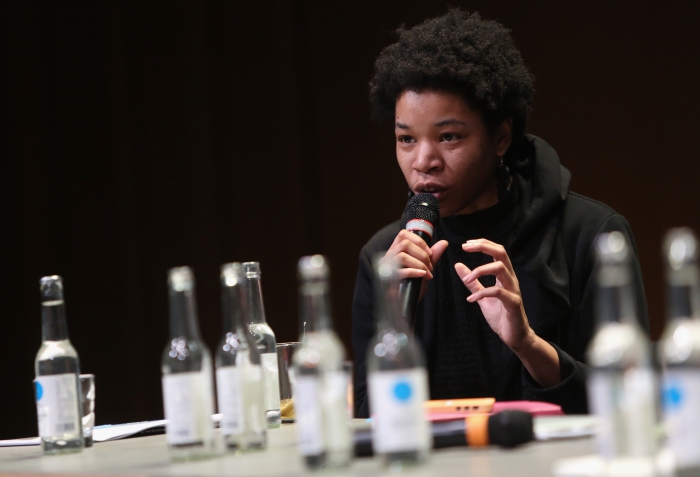
After Phillips’ riveting reading, and a set of opening remarks from some of the festival’s prime movers, artist Harm van den Dorpel screened ‘Lexachast’ with an accompanying musical performance by producers Amnesia Scanner and PAN founder Bill Kouligas. Van den Dorpel’s video compiled images from the internet and slowly morphed them into the form of human bodies. NSFW in various ways, the work kept the emotional register of the first night of transmediale quite fevered. Such a flow of images, some violent, some sexually prurient, no doubt reflect the bleak realities and fantasies of the contemporary moment; however, questions could be asked about the way the work will be received by some viewers. Trauma flows incessantly from the internet, as a work like ‘Lexachast’ demonstrates, but not all viewers will experience these images in the same way. Proximity and distance from such events are critical concerns which any artist working with the rich proliferation of images off extremity must contend with. In another context, and to other viewers, ‘Lexachast’ could itself have seemed collusive rather than critical. Nevertheless, the fever it invoked seemed the right state to seek, as the political sphere into which this annual meeting of tech-driven creativity has scarcely been more fraught in the festival’s 30-year history.
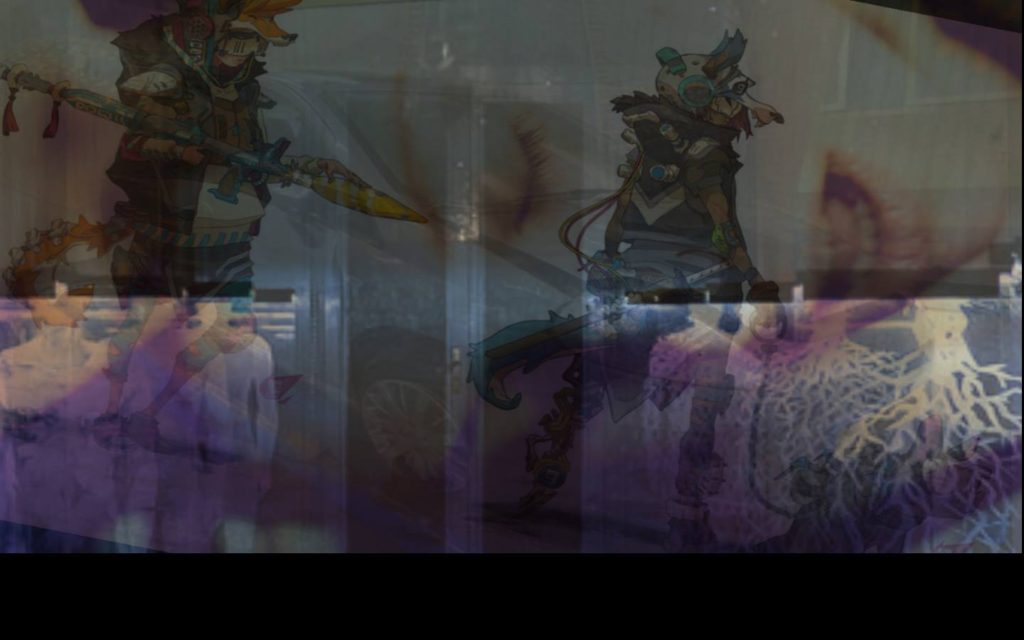
The sense of urgency could be felt across the events. Talks by Esther Leslie and Lisa Parks in various sessions on the Friday provided powerful rebukes to the anthropocentric discourse that continues to stubbornly impose a policy of diktat on the natural world. Order and chaos and the order of chaos were themes across several discussions. Steve Kurtz’s magisterial keynote lecture on the closing evening of the weekend, dedicated to the subject of Necropolitics, explored a lifetime of creative work at the boundaries of the possible, the legal and the conceivable. Kurtz’s warnings about the dangers not only posed by corporate predators and regimes of organised violence, but also of quasi-magical solution-seeking could not have been more timely. If this all sounds a bit Cthulhu-tastic, well, it was, but that is not to say that even if the wide-eyed techno-optimism that appears to have characterised earlier iterations of the festival is on the wane, digital doom was the only fare on offer. I was particularly entranced by a sweetly absurd exploration of human conceptions of alien life by Finn Brunton during a panel on theorizing the non-human. Heba Y Amin’s contribution to the panel ‘Mediterranean Tomorrows’ provided a hopeful vision of what becomes possible when historically marginalised voices and intellectual formations are reintroduced to conversations about the future. The panel ‘Dulling Down’ with Constant Dullaart, Adam Harvey and the always insightful Nora Khan was as hilarious as it was thought-provoking. Harvey and Dullaart discussed the creation of their new app, DullDream, which removes the fundamental visual essence of whatever images are uploaded to it. Khan’s wry responses and the back and forth of the Dull Design Duo made for a fascinating exploration, not only of the ways in which algorithms see, and, thus, make us come to see ourselves, but also of basic questions about the nature of concept-formation in the mind.

There were also a number of high-quality entries in the festival’s film programme. Strong works by Dorine van Meel, Louis Henderson, and a heartbreaking film about silver mining in Bolivia by Armin Thalhammer, entitled Cerro Rico, were among those that continue to reverberate in my mind. Not every aspect of the event was resonated as strongly. While the Alien Matter exhibition had a few genuinely great works, not least the works on paper by Suzanne Treister, elaborating a strange cognitive entanglement between gardening and high-frequency trading, overall the techno-fetishist display methodology felt somewhat overbearing and did leach some of the potency from the works included. I confess to feeling a bit dumbfounded at times during Johannes Paul Raether’s address immediately prior to Kurtz’s on the closing evening. While the artist’s performative works are reputedly transcendent in person, seeing stills from them as Raether’s lecture unfolded did seem to rob them of context in ways that bordered on the problematic. Looking up at the imposing Raether in full witch-gear enlightening IKEA employees or beside an elderly South Asian man in a provocatively ‘incongruous’ shot reminds one of just how much is missed when one only experiences the documentation of a performance and not the event itself. In some ways, it was a fitting end to the opening of transmediale, as the programme now moves in an even more immersive direction, including a series of excursions to Langenbeck-Virchow Haus, ver.di and silent green at the Kulturquartier. The excursions seek to place audiences more directly in contact with the ideas, territories and ecologies the festival seeks to address.**
